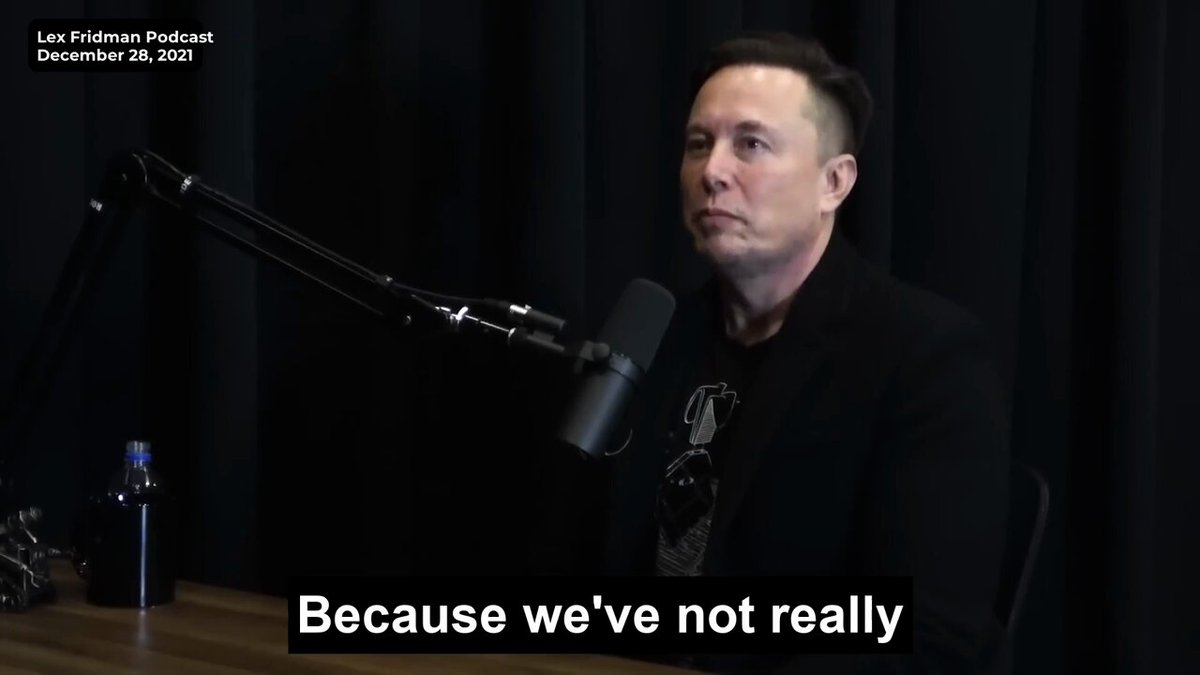An Allusion to the Constraints of “Gulliver”
[ad_1]
Famous entrepreneur Elon Musk recently expressed his concerns about over-regulation via a notable tweet: “If rules and regulations just accumulate every year, then eventually you won’t be able to do anything. You’re just thousands like Gulliver, tied down by little strings. » This powerful statement uses a literary analogy to highlight a growing problem in our modern societies.
Interpreting Musk’s analogy
Using the image of Gulliver, the central character of the novel Gulliver’s Travels by Jonathan Swift, Elon Musk describes how the gradual increase in regulations can hinder innovation and freedom of action. In the novel, Gulliver is a giant captured by small inhabitants of Lilliput, who immobilize him by tying him with countless small ropes. Likewise, Musk says, businesses and innovators can find themselves hamstrung by a multitude of regulations, even if each one individually seems insignificant.
Over-regulation: A brake on innovation
Over-regulation refers to the excessive accumulation of laws, regulations and standards that, over time, impose significant constraints on various activities. Although regulations are necessary to ensure safety, fairness and accountability, excessive accumulation can become counterproductive.
In the industrial context, this buildup can mean delays in new product development, increased compliance costs, and a slowdown in innovation. For example, high-tech companies, which regularly introduce new technologies, may find it difficult to navigate the administrative labyrinth imposed by regulations that are too strict or too numerous.
The Concrete Effects of Over-regulation
The negative effects of over-regulation are multiple:
- High Compliance Costs: Companies often have to invest significant resources to comply with regulations, which can increase development and production costs.
- Reduction of Competitiveness: Startups and small businesses, in particular, may struggle to maintain competitiveness in the face of strict regulations, which can lead to increased concentration of markets in the hands of large, established companies.
- Barrier to Innovation: Overly burdensome regulation can discourage businesses from taking risks, which is essential for innovation and technological progress.
- Administrative Deadlines: Approval processes can be long and complex, delaying the release of potentially revolutionary new products to the market.
Possible Solutions
To remedy these problems, several approaches can be considered:
- Simplification of Regulations: Review and simplify existing regulations to eliminate redundancies and reduce unnecessary burdens.
- Proportionate Approach: Adopt a risk-based approach to regulation, where the scale of regulation is in proportion to the level of risk posed by a specific activity or innovation.
- Consultation of Stakeholders: Involve businesses, researchers and other stakeholders more in the process of creating regulations to ensure they are practical and relevant.
Conclusion
The Gulliver metaphor used by Elon Musk highlights a tangible problem: excessive regulation can bring even the largest and most powerful companies to a standstill. To promote innovation and progress, it is essential to find a balance between the necessary regulation and the freedom to innovate. Smart, proportionate and consultative regulation can help navigate this complex dilemma, allowing businesses to thrive while protecting public interests.
[ad_2]
Source link
